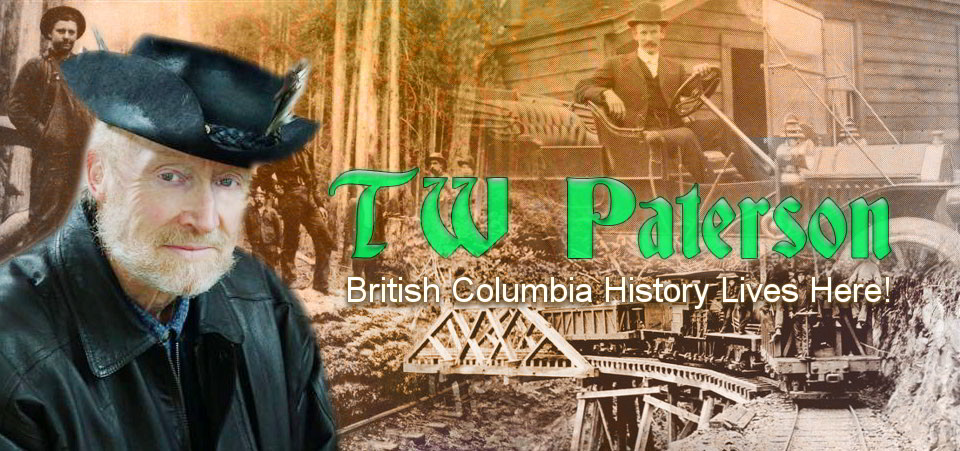HMCS Annapolis made waves for Reefs Society
HMCS Annapolis, an honoured name in Canadian naval history, was in the news in 2015. After successive challenges by The Save Halkett Bay Marine Park Society to prevent the sinking of the stripped-down destroyer escort as an artificial reef in Howe Sound, she was in fact sunk off Gambier Island.
This is the second Canadian destroyer to bear the name of the river that runs through Nova Scotia’s fabled Annapolis Valley. The first Annapolis began her career as USS Mackenzie and was one of six of 50 WW1-era ‘four-stacker’ destroyers acquired by Great Britain from the U.S. under Lend-Lease then turned over to the Royal Canadian Navy.
Commissioned in Halifax in September 1940, newly recommissioned HMCS Annapolis underwent refit (including removal of one of her four funnels) and strengthening after having spent 17 years in mothballs. Initially assigned to convoy escort duties out of Halifax, in 1944 she was attached as a training ship to the RCN training base, HMCS Cornwallis.
Thousands of new Canadian seamen learned the ropes aboard the Annapolis
She also participated in the salvage of the freighter S.S. James Miller, aground in the Bay of Fundy. Paid off in June 1945, she was sold for scrapping to an American firm in June 1945.
The second HMCS Annapolis was our 20th postwar destroyer escort. Built in Halifax Shipyards, she was commissioned Dec. 19, 1964, and served until her retirement, July 1, 1998.
Known as Cadillacs, Canada’s distinctive 1960s-era St. Laurent-class DE’s were among the first to have rounded contours to allow the rinsing away of radioactive contamination in the event of nuclear war. Equipped with variable depth sonar “developed and manufactured in Canada,” and a heli-port for a Sea King helicopter, Annapolis and her sisters were specially-designed to “deal with modern high-speed submarines”.
In short, 115-metre-long Annapolis and company exemplified “the high degree of professional and technical skill achieved by those concerned with the design, construction and fitting out of warships in Canada”. (This was during the Cold War, remember.)
Annapolis recorded several firsts
Among her achievements during her 32-year-long career, Annapolis was the first Canadian warship to employ a towed array sonar system and the first (1990) to employ a mixed-gender crew. She spent most of her career on the east coast and, upon reassignment to Maritime Forces Pacific, served as a training ship until she was decommissioned, Nov. 15, 1996.
Two years previously, she suffered a boiler explosion while patrolling Haitian waters to enforce a UN embargo. Placed in reserve and paid off in December 1998, she was stripped of her weaponry and sensor gear and sold to the Artificial Reef Society in 2008. They scheduled her for sinking in 2010.
That didn’t happened because of environmental concerns, the bid by The Save Halkett Sound Marine Park Society being the last in a series of financial, legal and environmental problems that threatened the continued existence of the ARSBC itself.
(Of the eight vessels currently serving as artificial reefs in B.C. waters, six are ex-RCN ships: the destroyers Chaudiere, Mackenzie, Sasatchewan, Yukon, Columbia, and the repair ship Cape Breton. The Tribal-class destroyer HMCS Huron also lies beneath the waves off the west coast of Vancouver Island, but she was sunk by gunfire as part of a naval exercise in 2007.)
All systems go
The last necessary approval, that of Environment Canada, was granted in October 2014 after concerns were expressed for the ship’s polychlorinated biphenlys insulation. According to an ARSBC spokesman, volunteers spent 20,000 hours stripping the ship of possible hazards and prepping it for its final voyage to the deep.
There was another threat to the Society, by then said to be financially challenged: a $95,240 lawsuit launched by a marine contractor for services rendered and mooring fees. He was willing to forego his suit if the ship was scuttled elsewhere than was intended, however.
But to no avail andf HMCS Annapolis became an artificial reef in Halkett Bay off the southeastern shore of Gambier Island.
P.S.
Strictly speaking, an RCN ship receives her HMCS designation upon being commissioned and loses it upon being decommissioned. That said, those former RCN ships which have found their way to the ocean bottom as artificial reefs are all identified as Her Majesty’s Canadian Ship —. This may not be formally correct but it does distinguish them from merchant vessels while adding a certain cachet.
The Artificial Reef Society of British Columbia is a registered non-profit organization based in Vancouver since 1989 to “create and maintain artificial reefs for use by scuba divers as a means to promote the local economy, the technology and safety procedures involved in creating artificial reefs, promote the use of artificial reefs as a means to minimize the impacts caused by SCUBA divers on other historically significant or ecologically sensitive sites, and to monitor all developments regarding their artificial reefs for environmental impact and diver safety”.

What an interesting story TW!! It’s bittersweet to see such a storied ship have it’s last chapter written as such, but I guess this is far better than completely taking it apart. Great post, I really enjoyed it!
As the son of a career Royal Canadian Navy man (CPO1 William Paterson) who served in the North Atlantic on convoy duty among other things during the Second World War, I grew up with a love for the ships that made Canada’s wartime navy one of the largest, most powerful on earth.
My first collectible as a kid was a brass ‘badge’ he liberated from a lifeboat from HMCS St. Croix which began her career in the Royal Navy as HMS Foxhound. For years, my grandparents had it on the screen in front of their fireplace in Victoria; I got it when they retired the firescreen.
I’ve been collecting RCN memorabilia ever since–and the stories that go with some of the fascinating bits ‘n’ pieces I’ve gathered over the years.
Thanks for writing. –TW